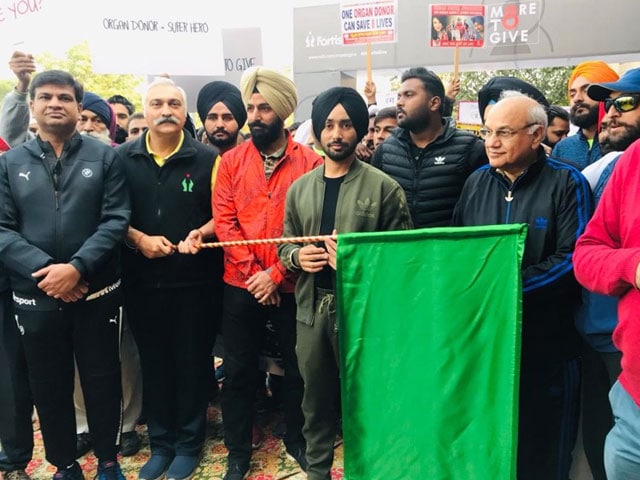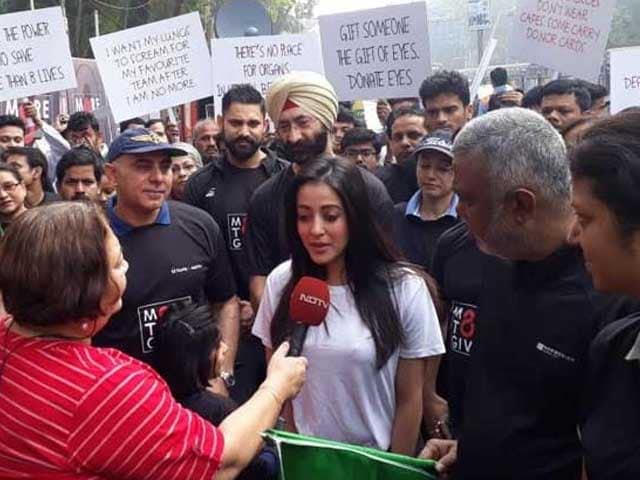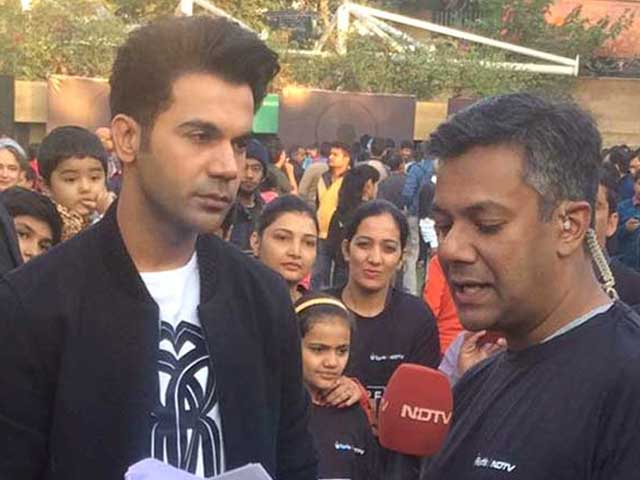
Highlights
- Organ donation is limited to 12 states and Union Territories in India
- 95% of organ transplants in India take place in private hospitals
- Organ donation rate in India is 0.8 per million population
Organ donation after brain death is poised for a takeoff in the country. A felt need by the nation, increasing public awareness and a path breaking new legislation make for a heady cocktail which is ready to launch organ donation in India to the next level. We do not have to try and catch up with Spain, which has an organ donation rate of 36.9 per million population, but need to establish realistic short-term goals. The nation needs to accord priority to organ donation. Measures to promote deceased organ donation have to be introduced at the national, state, city and hospital level.
Also Read: Organ Donation: Don’t Let These Myths Confuse You
National Level:
– Chapter in schoolbooks for class IX / XI.Brain Death (BD) and deceased organ donation to be included in MBBS curriculum.
– Use of social media to promote organ donation. Donor stories and comments from recipients to be highlighted.
– Sustained media campaign around the year. Earmarked funds for the same.
– Religious / spiritual leaders to be approached for dissemination to grass root level.
-Mention of organ donation in obituaries published in newspapers by donor families to be encouraged by providing suitable discounts.
– Best practices in brain death and organ donation to be included in the accreditation process for hospitals, e.g. for National Accreditation Board for Hospitals & Healthcare Providers (NABH).
State Level
Also Read: A Tale Of Two Sisters: Gurpreet’s Life Was Saved By Her Sister’s Generosity
Organ donation is limited to 12 states and Union Territories in the country, and that too mostly in the capital cities.
– All states need to adopt Transplantation of Human Organs and Tissues Act 2011 without further delay.
– All states to have at least one major hospital where organ transplants could be done.
95% of organ transplants in the country are currently taking place in the private hospitals at high costs. The common man still has no access to organ transplantation.
– All states to ensure that there are sufficient number of ventilators in hospitals. At present only 10-15% of ventilator requirements have been met. When there are hundreds of patients kept alive on Ambu bags waiting for a ventilator, how do we expect brain dead patients to be maintained on ventilators for the purpose of organ donation?
– Asking for organs and tissues should be a routine part of ‘End of Life’ care in a medical facility that has already offered the best possible health care to save lives.
– Organ-pledging facility to be introduced at the time of making driving license in all states.
– Ensure implementation of Transplantation of Human Organs and Tissues Rules 2014 (THOTR 2014) by all hospitals.
Also Read: The Agony Of Being On The Waiting List For Organ Transplant In India
– Brain death committee duly approved by appropriate authority, to be in place and updated. Teams from State Organ and Tissue Transplant Organisation (SOTTO) could visit each hospital and update committees. Concept of SOTTO on wheels to take organ donation to the hospitals.All brain deaths to be declared and recorded.Mandated request.
– Families of all patients with BD with no contraindication to organ donation to be counselled and response recorded. Monthly return from all hospitals to the appropriate state authority on possible brain deaths and the outcomes of counseling for organ donation. This will help build a national database.
– All hospitals not having transplant facility to apply for Non Organ Transplant Retrieval Center (NOTRC). The application form, as per THOTR 2014, to be submitted free of cost to the appropriate state authority.Receiving hospitals to pay compensation to NOTRC as per THOTR 2014.
– Computerised registry for potential organ recipients to be established.
– Transparent and quick allotment of organs to be ensured at local, regional and national level
– Organ-pledging registry to be linked with Aadhar card.
– Out of turn allotment of organs to individuals who have already pledged their organs. Transplant coordinators, duly qualified and trained, mandatory for each hospital.
– Transplant hospitals and NTORCs to be visited by team of experts to ensure best practices on organ donation are being followed.
Also Read: Donor To Recipient: The 5 Step Process From Organ Donation To Transplant Stage In India
City Level
– Police and postmortem authorities to be sensitised for organ donation in medico-legal donors.
– Liaison with traffic police for establishing green corridors for movement of organs.
– Awareness drives on organ donation: celebrities to be involved; awareness runs and walkathons to be organised.
Hospital Level
– The government needs to promote and implement organ donation related standard operating procedures in its hospitals so that the common man benefits from such activities.
– Hospitals with a track record in promoting organ donation to be earmarked as Key Donation Hospitals (KDH).
-To help in implementing the national agenda including teaching activities related to organ donation.Key Donation Person (KDP) to be appointed in each hospital. The individual, with reasonable seniority and interest in organ transplantation, to monitor all organ donation related activities.
– Cornea donation to be encouraged. Families to be counseled for cornea donation in all fatalities where there is no contraindication to donation. Asking for corneas should become a matter of routine and gifting of tissues and organs a national habit.
– Brain death committee in each hospital to be in place and updated.‘Declare All, Approach All’ approach to be followed for all patients with brain death.
Brain deaths occur in up to 30 per cent patients who die of head injury or stroke, but go unrecognised or unreported. Hospital administration to encourage treating teams to declare BD early to prevent deterioration in organ quality.
– Donor maintenance protocol to be in place and instituted early so that the quality of organs is maintained while the family decides about donation.
– Monthly return to the appropriate state authority on the number of possible donors, potential donors with BD, actual donors and recipients.
– Renewal of license for organ transplantation to be based on authenticity and promptness of reporting.
By implementing similar methods, known as the ‘Spanish Model’, a country like Croatia was able to increase organ donation rate from 2.7 per million to 35 per million population in 10 years.
Recognising organ donation as a priority area, earmarking requisite funds, sustained awareness campaign, training of transplant coordinators and appointing a Key Donation Person in each hospital achieved this feat.
As the baton passes from the private sector to the government, National Organ and Tissue Transplant Organization (NOTTO) and related agencies must act like a mother ship guiding a flotilla, encouraging the current players to continue their work as they try to excel in the difficult playing fields of India.
Also Read: Organ Donation: The Need For Government Hospitals To Step Up and Widen The Scope Of Transplants
About The Author:
Dr. Avnish Seth is Director Gastroenterology & Hepatobiliary Sciences at Fortis Memorial Research Institute, Gurugram and Director Fortis Organ Retrieval & Transplant (FORT). Dr. Seth established the Armed Forces Organ Retrieval & Transplant Authority (AORTA) in 2007, the first successful organ donation program in North India and was awarded the Vishist Seva Medal by the President of India in 2009.
Disclaimer: The opinions expressed within this article are the personal opinions of the author. The facts and opinions appearing in the article do not reflect the views of NDTV and NDTV does not assume any responsibility or liability for the same.









